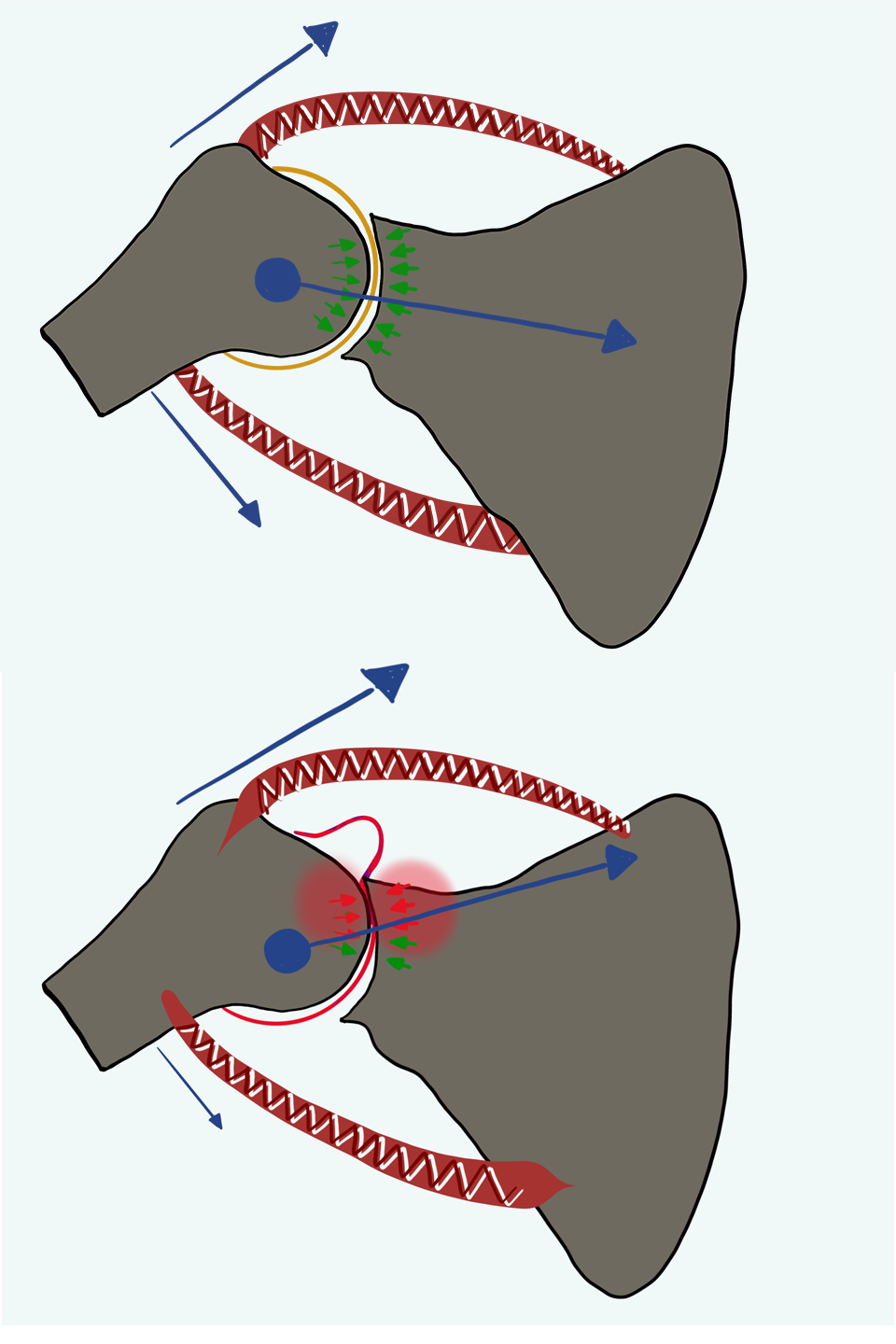Extremities: Knee, foot and ankle problems
At Ruoholahden Kiropraktikkoasema we have Finland´s only CCEP (Certified Chiropractic Extremities Practioner), Samantha Buchanan, who specializes in treatment of the extremities/limbs:
Hip Shoulders
Elbows Wrists
Knees Feet (see orthotic section)
Sometimes irritation of the nerve as it exits the spine or travels though the tissues of the body will cause pain or tingling/numbness in the limbs (radiating pain). Sometimes pain in the limb/extremity is due to referred pain from the muscles (referred pain), and sometimes pain in the limb/ extremity can have a local cause.
The cause of the pain is, naturally, very important to be located and treated. Book an appointment with us to find the source of your pain.
Every joint in the body is made up of at least 2 bones whose surfaces need to align optimally in order for the joint to work properly and therefore place the least stress on the surrounding tissues (tendons, ligaments and/or muscles).
If the joint in not correctly/optimally aligned to the muscles, tendons and supporting structures of the joint must overwork to protect the joint. These supporting tissues then get more easily overtired and overworked (and painful!), creating chronic muscle strains, overuse syndromes and tendinitis syndromes to name but a few…
This principle is relevant for any of the extremity joints from the wrist to the ankle.
This is where we can often help painful and unresolved chronic shoulder, hip, foot & ankle, elbow and wrist problems. Treatment will always involve appropriate rehabilitation exercises to help you get better more quickly.
For example, there are 4 joints in the shoulder: the sternoclavicular (SC), the acromoclavicular (AC), the glenohumeral (GH) and where the shoulder blade adheres to the rib cage. If you suffer a sprain/injury to one of these joints, for example the right SC (which can be done by excessive pulling by a dog or child on arm, a throwing action, sleeping in a bad position or overstretching the joint in a sport or activity), the other shoulder joints will very cleverly try to help the injured joint by overworking.
This in turn will put an excessive work load on the tendons and muscles that stabilize the shoulder (The Rotator cuff) and, commonly, this will create a tear or inflammation of the tendons (tendinitis) over time. Sometimes, if it is a chronic situation, you may experience pain in the joints of the elbow or wrist as they help with compensation.
This principle is relevant for any of the extremity joints from the wrist to the ankle.
This is where we can often help painful and unresolved chronic shoulder, hip, foot & ankle, elbow and wrist problems. Treatment will always involve appropriate rehabilitation exercises to help you get better more quickly.
For example, there are 4 joints in the shoulder: the sternoclavicular (SC), the acromoclavicular (AC), the glenohumeral (GH) and where the shoulder blade adheres to the rib cage. If you suffer a sprain/injury to one of these joints, for example the right SC (which can be done by excessive pulling by a dog or child on arm, a throwing action, sleeping in a bad position or overstretching the joint in a sport or activity), the other shoulder joints will very cleverly try to help the injured joint by overworking.
This in turn will put an excessive work load on the tendons and muscles that stabilize the shoulder (The Rotator cuff) and, commonly, this will create a tear or inflammation of the tendons (tendinitis) over time. Sometimes, if it is a chronic situation, you may experience pain in the joints of the elbow or wrist as they help with compensation.

Top picture: optimal alignment of the bones of the shoulder joint (functional joint centration)- with no stress or tension in surrounding soft tissues.
Lower picture: misalignment of the shoulder (decentration) with resultant tension in the rotator cuff muscles and shoulder supporting structures.